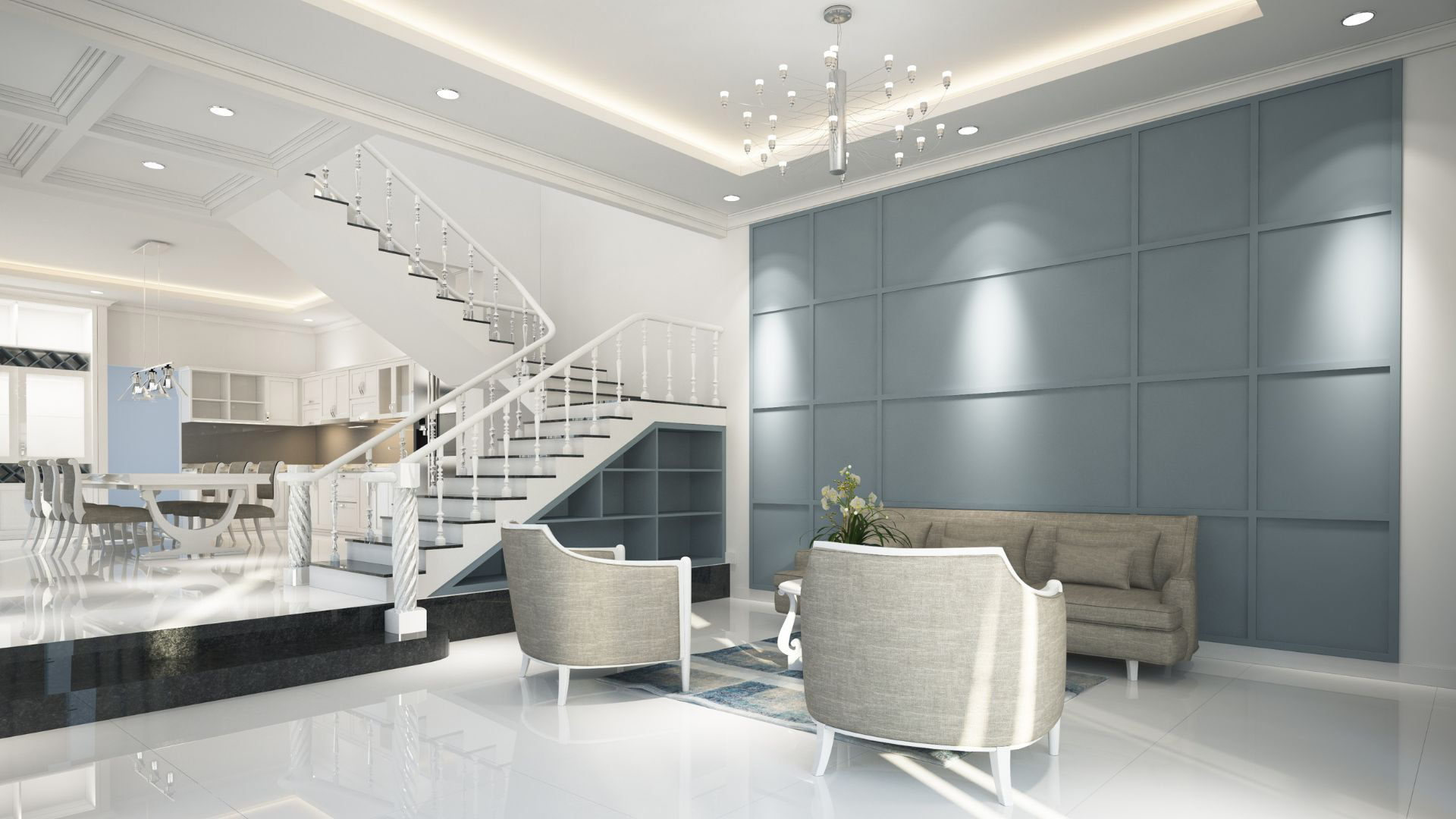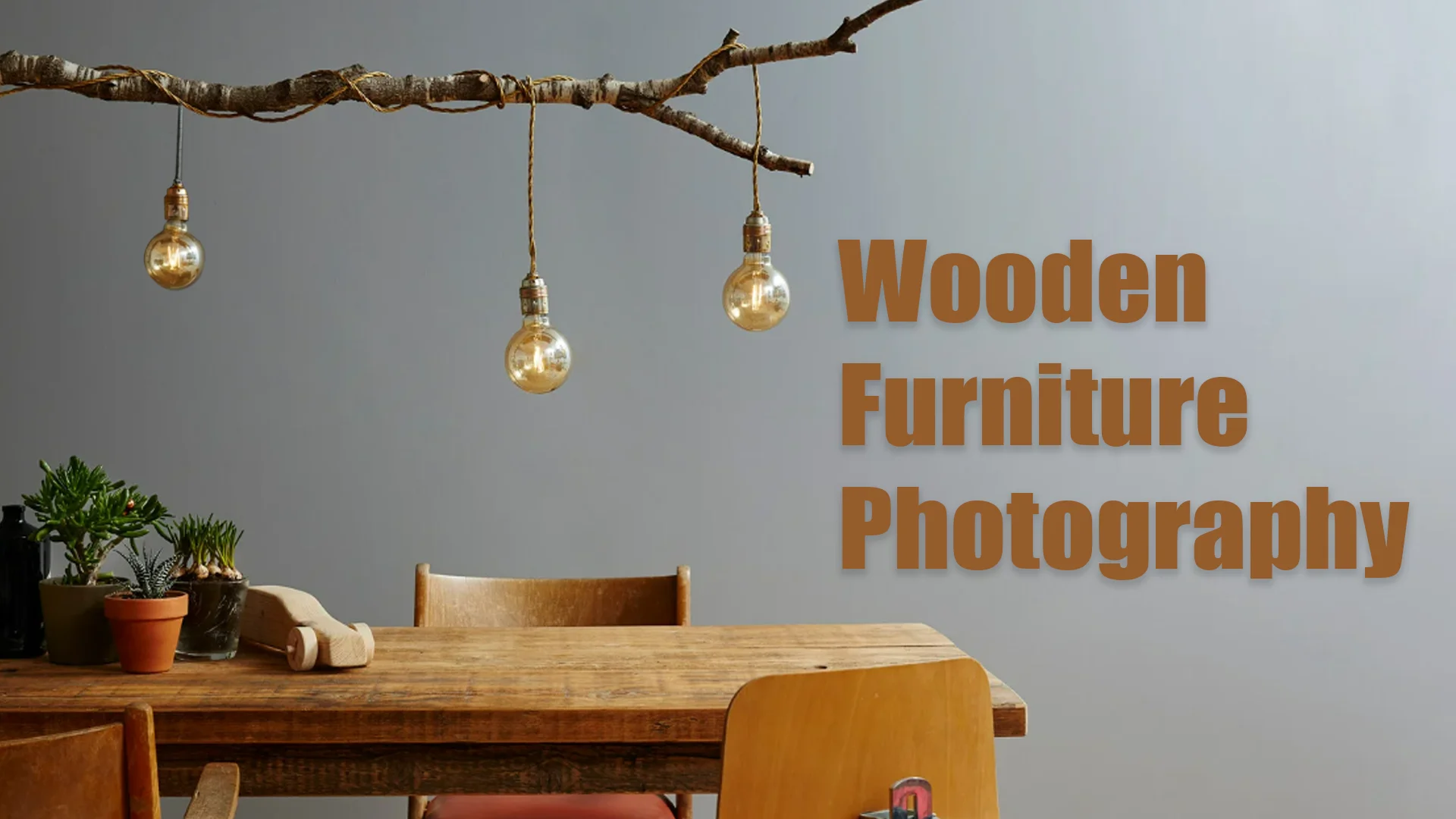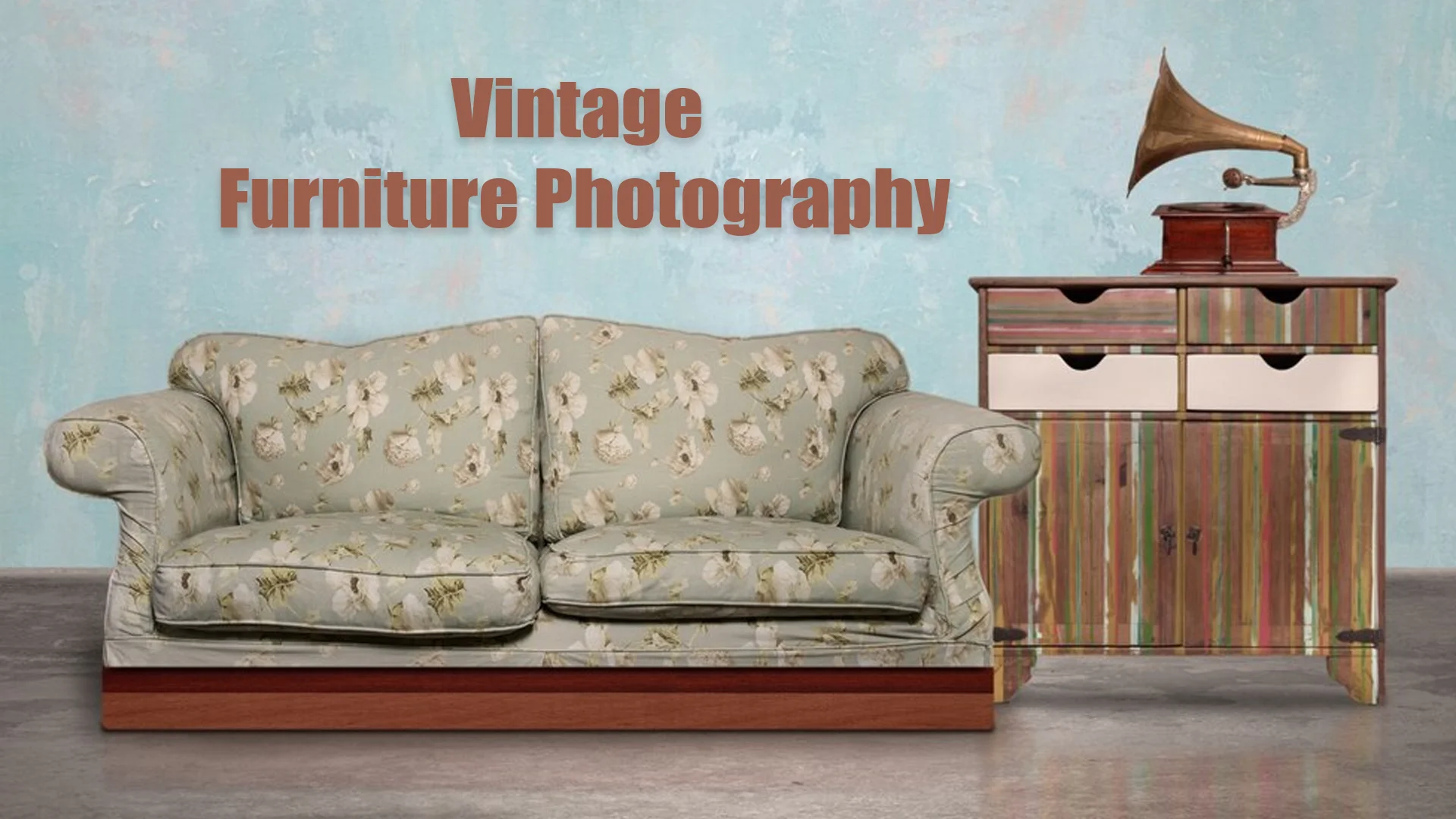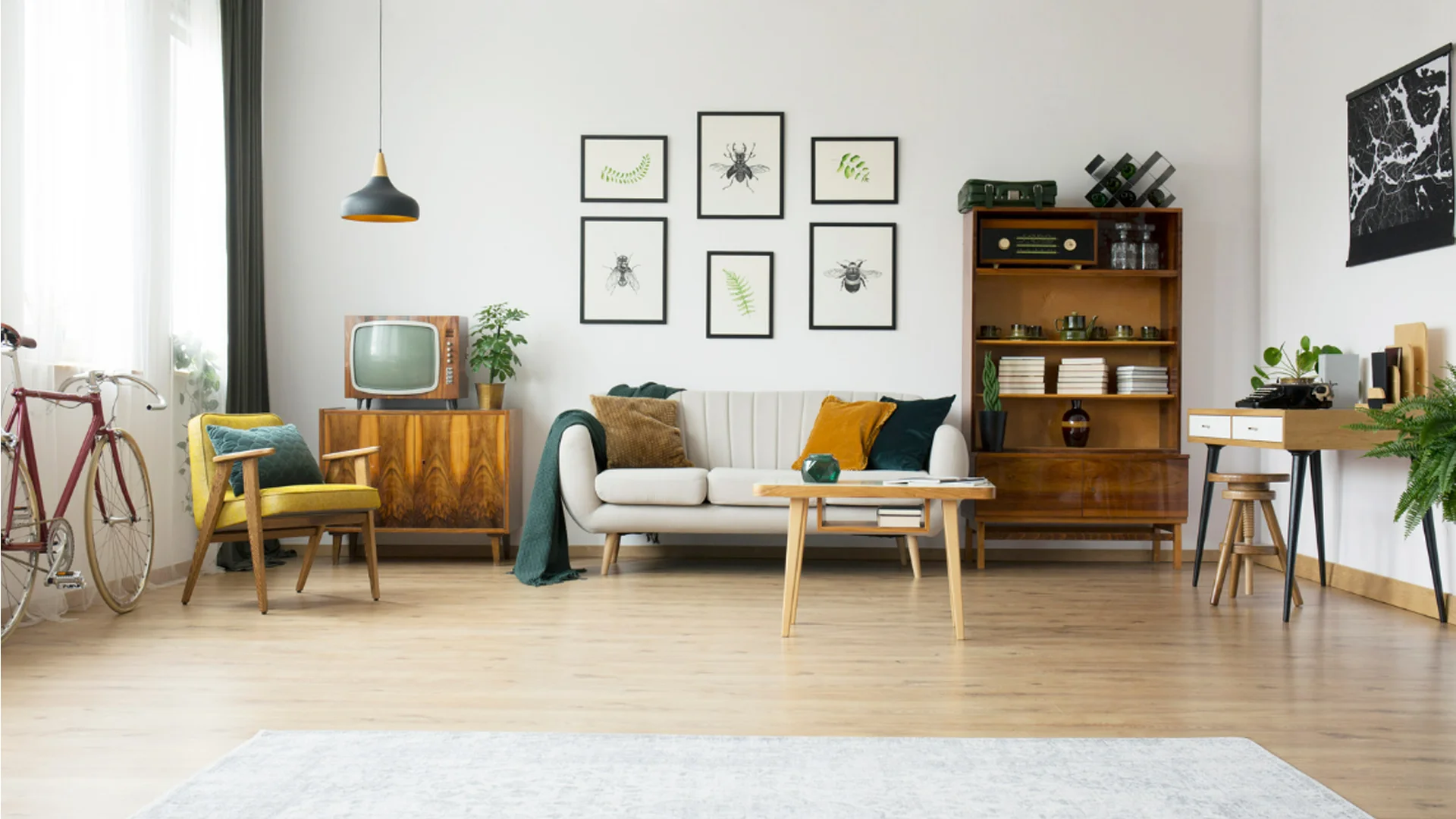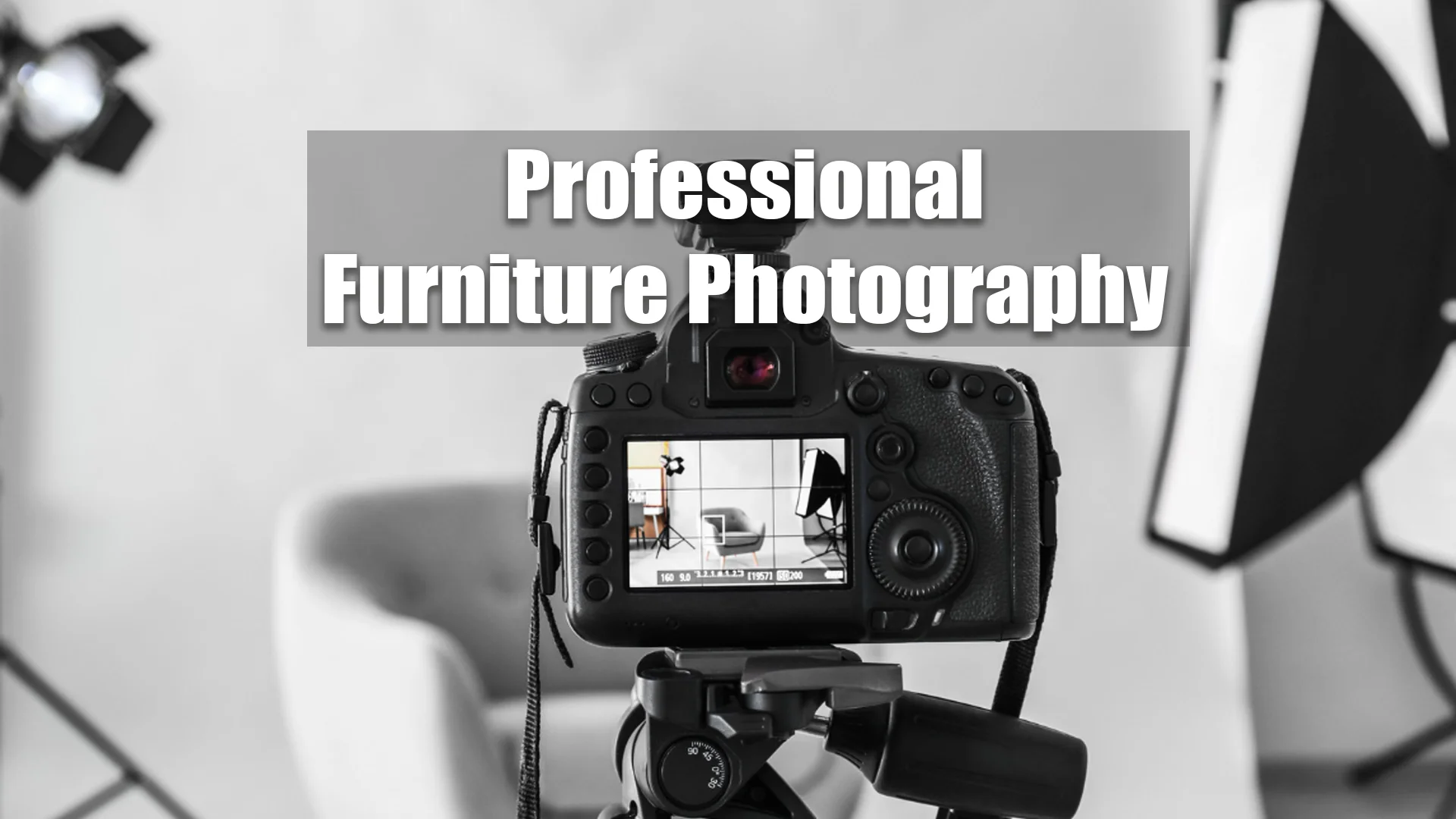In the modern world of design, where spaces tell stories and every corner whispers creativity, capturing the beauty of interiors has become an art form in itself. Interior architecture photography is not just about taking pictures; it is about preserving the essence of a space, its details, and its functionality. This fascinating field combines the creativity of photography with the discipline of architecture, creating visuals that inspire, sell, and tell compelling narratives. Whether you are an architect, designer, or photography enthusiast, diving into the world of interior architecture photography offers endless possibilities.
Understanding Interior Architecture Photography
Interior architecture photography involves capturing the beauty and functionality of interior spaces, often showcasing the intricate details of design, textures, lighting, and spatial arrangement. The goal is to bring the space to life through imagery, highlighting its unique features and creating a connection with the viewer. Whether it’s for a design portfolio, marketing materials, or editorial purposes, interior architecture photography is all about precision and storytelling.
Unlike other types of photography, this genre requires a deep understanding of architectural principles and how to represent them visually. From sleek modern kitchens to historic landmarks, each project presents unique challenges and opportunities to create breathtaking images. The interplay of natural light, artificial lighting, and shadow forms the backbone of any successful interior photography project.
The Importance of Interior Architecture Photography
Interior architecture photography plays a crucial role in the design and real estate industries. For architects and designers, high-quality photographs are indispensable in showcasing their work. They provide a platform to highlight creativity and craftsmanship, enabling professionals to present their vision to clients and audiences effectively. Similarly, in real estate, stunning images can significantly enhance the marketability of properties by creating an emotional connection with potential buyers.
This genre also helps build brands. Well-crafted images create a professional and polished impression, establishing credibility and attracting more clients. Furthermore, with the rise of social media and online platforms, interior architecture photography has become a vital tool for engaging with a broader audience, offering a visual feast that captures attention and imagination.
Key Elements of Interior Architecture Photography
The magic of Interior Architecture Photography lies in the details. To truly capture the essence of a space, photographers must pay close attention to several critical factors. Here are the key elements that go into creating stunning interior photos.
Lighting
Lighting is one of the most important aspects of Interior Architecture Photography. It can make or break a shot. Natural light often plays a significant role in interior photos, but it’s not always available in abundance. Photographers often need to use artificial lighting to create the right atmosphere. Proper lighting can highlight architectural features such as textures, shadows, and depth, helping to bring the design to life.
For instance, a well-lit room will make a space feel inviting and warm, while moody lighting can evoke a sense of mystery or sophistication. Different lighting techniques—such as backlighting, side lighting, or diffused light—can all be used creatively to bring out different aspects of the space.
Composition
Composition in Interior Architecture Photography is about framing the shot in such a way that it highlights the beauty of the design. A good photographer knows how to use angles and perspectives to show off the space at its best. For example, shooting a wide-angle shot can help showcase the entire layout of a room, while a closer shot may be used to focus on a specific architectural detail, such as a unique piece of furniture or a stylish wall texture.
Balance is another crucial aspect of composition. A well-balanced photo helps direct the viewer’s eyes naturally throughout the image. Proper use of symmetry, lines, and curves ensures that the photo is aesthetically pleasing while emphasizing the spatial relationship between elements in the room.
Styling
Styling plays a significant role in Interior Architecture Photography. A well-styled room will add that extra touch to the images, making them feel polished and put-together. Often, this involves removing clutter, adjusting furniture placement, and ensuring that the decor complements the overall design.
Photographers may also work with interior designers to ensure that everything is in place for the shoot. This includes arranging objects in a way that enhances the architecture of the room, adding personal touches to make the space feel lived-in, and ensuring that everything looks visually appealing.
Depth and Perspective
One of the key challenges of Interior Architecture Photography is capturing the depth and three-dimensionality of a space. Unlike exterior architectural photography, where the space is often viewed from a single vantage point, interiors require capturing the space from various angles to convey its true depth. This is especially true in rooms with high ceilings or intricate layouts.
A skilled photographer uses different perspectives to create the illusion of depth, making the space feel expansive and inviting. By carefully selecting focal points and adjusting the lens, photographers can play with the perspective to give a more dynamic and interesting view of the space.
Tools and Equipment for Interior Architecture Photography
Having the right tools is fundamental to achieving high-quality results in interior architecture photography. A professional-grade camera is essential, with full-frame DSLRs and mirrorless cameras being top choices due to their ability to capture sharp, detailed images. Wide-angle lenses are invaluable for capturing the breadth of a space while maintaining its proportions, making them a staple for this type of photography.
A sturdy tripod is another critical tool. It provides the stability needed for long exposure shots, especially in low-light settings, ensuring that the images remain crisp and free from blur. Lighting equipment is also vital; portable lights, diffusers, and reflectors can help create balanced lighting, highlighting the details and textures of a space. Lastly, post-processing software such as Adobe Lightroom and Photoshop plays an indispensable role in refining images, correcting distortions, and enhancing the overall aesthetic appeal.
Techniques for Capturing Stunning Interior Architecture Photographs
Capturing breathtaking images of interior spaces requires a combination of technical expertise and creative vision. One of the most important techniques is leveraging natural light whenever possible. Soft, natural light can bring warmth and authenticity to a photograph, creating a welcoming atmosphere. Early morning or late afternoon light often works best, as it avoids the harsh shadows of midday.
Shooting from eye level is another crucial technique, as it provides a perspective that feels natural to the viewer. This approach helps convey the space’s layout and functionality effectively. Additionally, photographers should focus on highlighting the unique features of a space, whether it’s intricate woodwork, stylish furniture, or captivating artwork. Decluttering the scene is equally important, as removing unnecessary items ensures that the viewer’s attention remains on the design elements.
Experimenting with angles can also elevate a photograph. By exploring different viewpoints, photographers can discover compositions that best showcase the space’s character. For instance, shooting from a corner can emphasize depth, while a straight-on shot might highlight symmetry. Finally, paying attention to post-processing is key to achieving a polished result. Adjusting colors, correcting perspective distortions, and enhancing textures can turn a good photograph into a stunning one.
Challenges in Interior Architecture Photography
While interior architecture photography is rewarding, it comes with its own set of challenges. One of the biggest hurdles is dealing with lighting inconsistencies. Balancing natural and artificial light can be tricky, especially when working with spaces that have large windows or unique lighting fixtures. Additionally, tight spaces can make it challenging to find the right angle, requiring creativity and patience to overcome.
Another common challenge is managing reflections and glare from shiny surfaces like mirrors, glass, and polished floors. Using the right techniques and tools can help minimize these distractions and maintain focus on the design elements.
The Growing Demand for Interior Architecture Photography
As the design and real estate industries continue to grow, so does the demand for skilled interior architecture photographers. With more businesses and professionals recognizing the value of high-quality visuals, opportunities in this field are expanding rapidly. From working with top-tier architects and designers to collaborating with hospitality brands and luxury real estate firms, the potential is vast.
Moreover, the rise of online platforms and social media has created a need for visually striking content. Interior architecture photography not only caters to this demand but also offers photographers the chance to build a strong portfolio and establish themselves as experts in a lucrative market.
Conclusion
Interior architecture photography is more than just a niche within the photography world; it is a powerful medium for storytelling, branding, and creative expression. By capturing the essence of spaces, it bridges the gap between design and perception, allowing viewers to appreciate the artistry and functionality of interiors. As the demand for visually stunning content grows, the opportunities in this field are boundless, making it an exciting career choice for aspiring photographers. With the right skills, tools, and passion, anyone can master the art of interior architecture photography and create images that leave a lasting impression.
Frequently Asked Questions (FAQs)
What is interior architecture photography?
Interior architecture photography involves capturing images of interior spaces to showcase their design, functionality, and aesthetics. It combines elements of photography and architecture to create visually compelling images.
Why is interior architecture photography important?
This type of photography is crucial for architects, designers, and real estate professionals to showcase their work, attract clients, and build their brands. High-quality images create a lasting impression and help convey the vision behind a design.
What equipment is needed for interior architecture photography?
A professional camera, wide-angle lens, tripod, lighting equipment, and editing software are essential tools for achieving excellent results in this field.
How can I improve my interior architecture photography skills?
Practice is key. Focus on mastering lighting techniques, experimenting with angles, and paying attention to details. Learning post-processing skills can also significantly enhance your images.
What are the challenges of interior architecture photography?
Common challenges include managing lighting inconsistencies, working in tight spaces, and dealing with reflections and glare. Developing technical expertise and creative problem-solving skills can help overcome these issues.
Is interior architecture photography a good career option?
Yes, it is a growing field with increasing demand in industries like design, real estate, and hospitality. It offers opportunities to work with diverse clients and create a strong professional portfolio.
